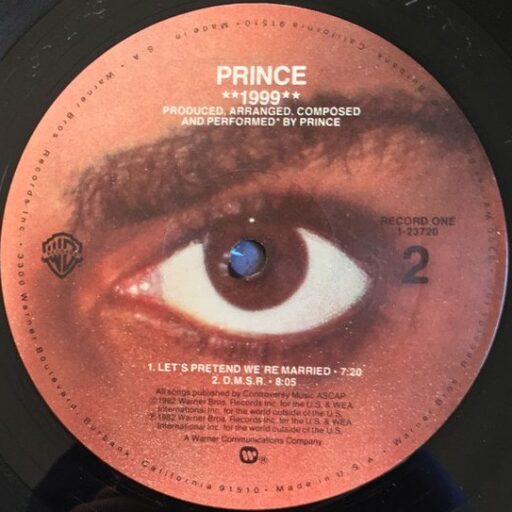Tag: cincinnati
-
Purple Rain (Verse 1)
The origins of “Purple Rain” are murkier than the rest of the album that shares its title: No one seems to recall from where, precisely, the song emerged–even as everyone seems to have played a role in its conception.
-
Darling Nikki
“Darling Nikki” would become Purple Rain’s standard-bearer for the “danger” of Prince albums past.
-
Dance to the Beat
“Dance to the Beat” feels tailor-made for live performances, giving Morris plenty of opportunities to exhort the audience with the title phrase while the lively synth and guitar riff provides some additional inducement.
-
The Second Coming
“The Second Coming” attempts to tie together the thematic threads of the Controversy album, turning the accompanying live show into a conceptual experience.
